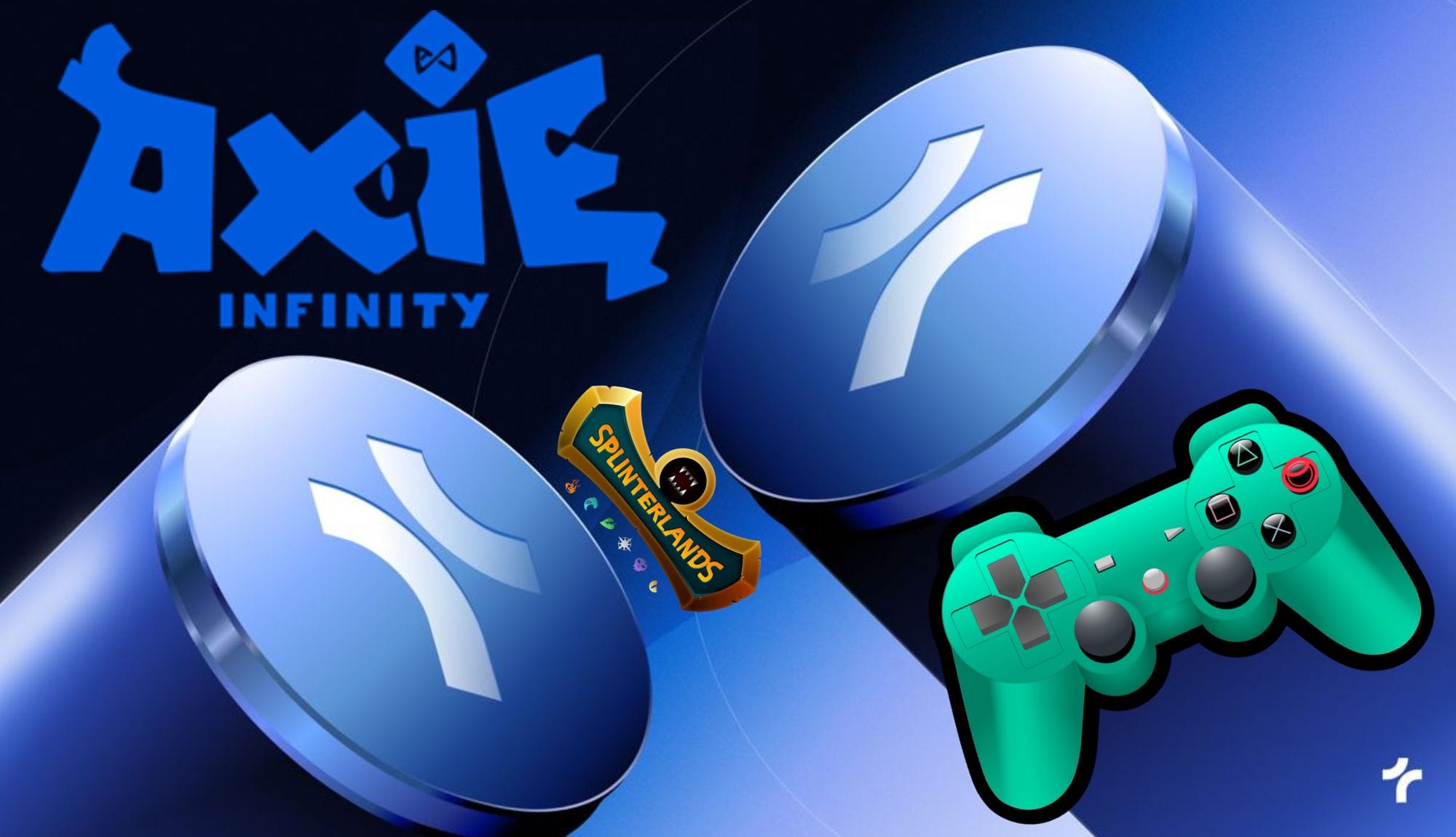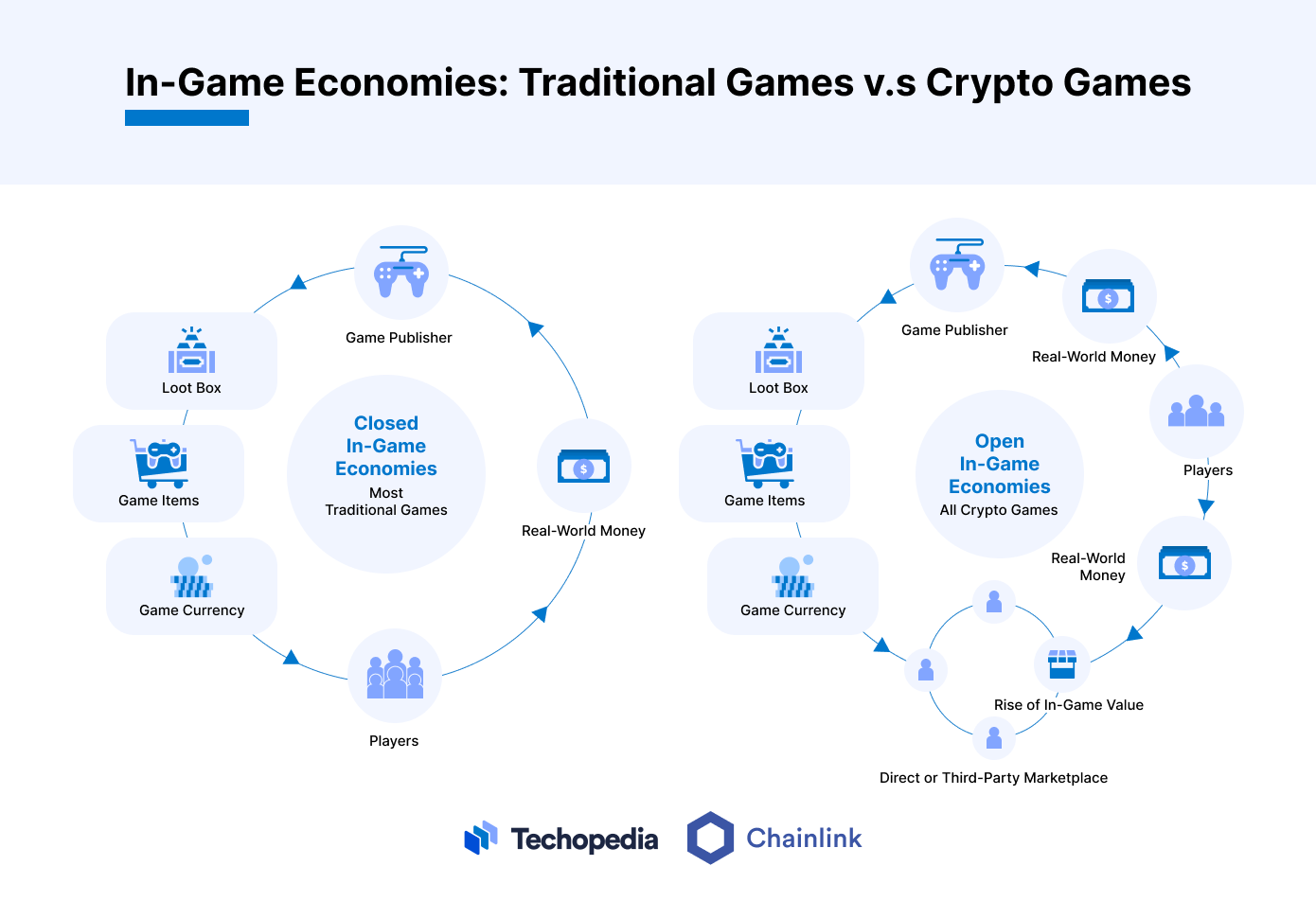
Can GameFi Make a Comeback? Exploring its Impact, Examples, and Future in Digital Finance
Published 16 May, 2024
GameFi, a burgeoning concept blending gaming dynamics with decentralized finance (DeFi), has swiftly emerged as a disruptive force in the digital finance landscape. Let's delve into the intricacies of GameFi, dissecting its core components, illustrating notable examples, analyzing its advantages and disadvantages, and speculating on its future trajectory.
Understanding GameFi
At its essence, GameFi refers to the integration of gaming mechanics into decentralized finance platforms, enabling users to earn rewards, participate in governance, and engage in financial activities through immersive gaming experiences. These platforms leverage blockchain technology, smart contracts, and tokenomics to create novel financial ecosystems within gaming environments.

Early Examples:
- Axie Infinity: One of the most prominent GameFi projects, Axie Infinity, introduces players to a captivating universe where they breed, collect, and battle creatures known as Axies. Players can earn the native cryptocurrency, AXS, and Smooth Love Potion (SLP), by participating in battles and completing various in-game tasks.
- Splinterlands: A blockchain-based trading card game, Splinterlands integrates DeFi elements by allowing players to earn the game's native token, Dark Energy Crystals (DEC), through gameplay, tournaments, and card trading. DEC tokens can be staked for additional rewards or traded on decentralized exchanges.
- Yield Guild Games (YGG): YGG serves as a decentralized autonomous organization (DAO) that acquires, manages, and lends out in-game assets across various GameFi platforms. Players can earn yields by lending their assets to YGG, fostering a symbiotic relationship between gamers and investors.
Pros:
- Incentivized Participation: GameFi platforms incentivize user engagement through token rewards, fostering active communities and sustainable ecosystems.
- Financial Inclusion: GameFi opens up new avenues for individuals to access financial services and earn income, particularly in regions with limited traditional banking infrastructure.
- Gaming Innovation: By merging gaming and finance, GameFi stimulates innovation in both industries, driving the development of novel gameplay mechanics and financial products.
Cons:
- Market Volatility: GameFi tokens are susceptible to price volatility, exposing users to financial risks and uncertainties.
- Regulatory Uncertainty: The intersection of gaming and finance raises regulatory concerns regarding investor protection, money laundering, and taxation, potentially hindering the widespread adoption of GameFi.
- Scalability Challenges: Scalability issues inherent in blockchain technology may limit the scalability and user experience of GameFi platforms, particularly during periods of high network congestion.
Future Potential
Despite its nascent stage, GameFi holds immense potential to revolutionize digital finance and reshape the gaming industry. As blockchain technology matures, GameFi platforms are expected to evolve, offering enhanced scalability, interoperability, and user experience. Additionally, the integration of non-fungible tokens (NFTs) and decentralized autonomous organizations (DAOs) into GameFi ecosystems could further unlock new opportunities for innovation and collaboration.
GameFi represents a paradigm shift in the intersection of gaming and decentralized finance, offering users unprecedented opportunities to earn, play, and invest within immersive virtual worlds. While facing challenges such as market volatility and regulatory scrutiny, GameFi is poised to catalyze financial inclusion, gaming innovation, and blockchain adoption in the years to come. As the GameFi ecosystem continues to evolve, its impact on digital finance and the broader economy is likely to be profound and far-reaching.
Get Exclusive Insights
with our Weekly Newsletter